
It’s been another great year at NASA’s Ames Research Center in California’s Silicon Valley. Join us as we review some of the highlights of the science, engineering, and innovation from 2023.
Announcing a New Innovation Hub Planned for NASA Research Park at Ames
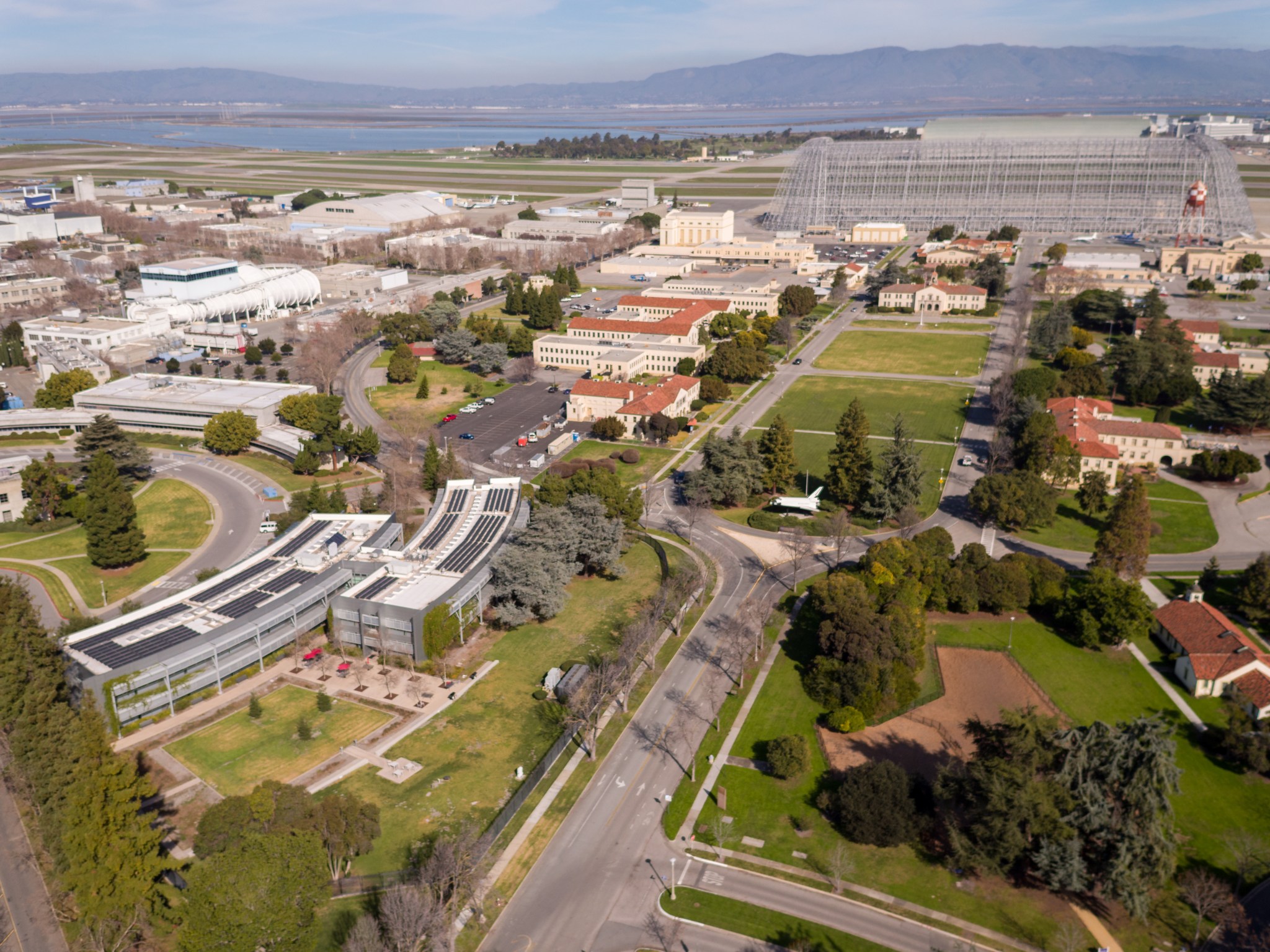
Berkeley Space Center is a proposed new campus of the University of California, Berkeley, and an innovation hub for research and advances in astronautics, aeronautics, quantum computing, climate studies, and more. Planning to join Ames as a tenant of our NASA Research Park in Silicon Valley, the new campus aims to bring together researchers from the private sector, academia, and the government to tackle the complex scientific, technological, and societal issues facing our world.
Mapping Water Distribution on the Moon’s South Pole
Using data collected by the now-retired Stratospheric Observatory for Infrared Astronomy (SOFIA), researchers shared the first detailed, wide-area map of water distribution on the Moon. Understanding how much water lies beneath the lunar surface, and how it’s distributed, will help guide future missions like VIPER, as well as prospective sites for human habitats.
Colliding Moons May Have Formed Saturn’s Rings
New research suggests Saturn’s icy moons and rings were formed by a collision a few hundred million years ago, creating debris that gathered into the planet’s dusty, icy rings or clumped together to form moons.
NASA and Airlines Partner to Save Fuel and Reduce Delays
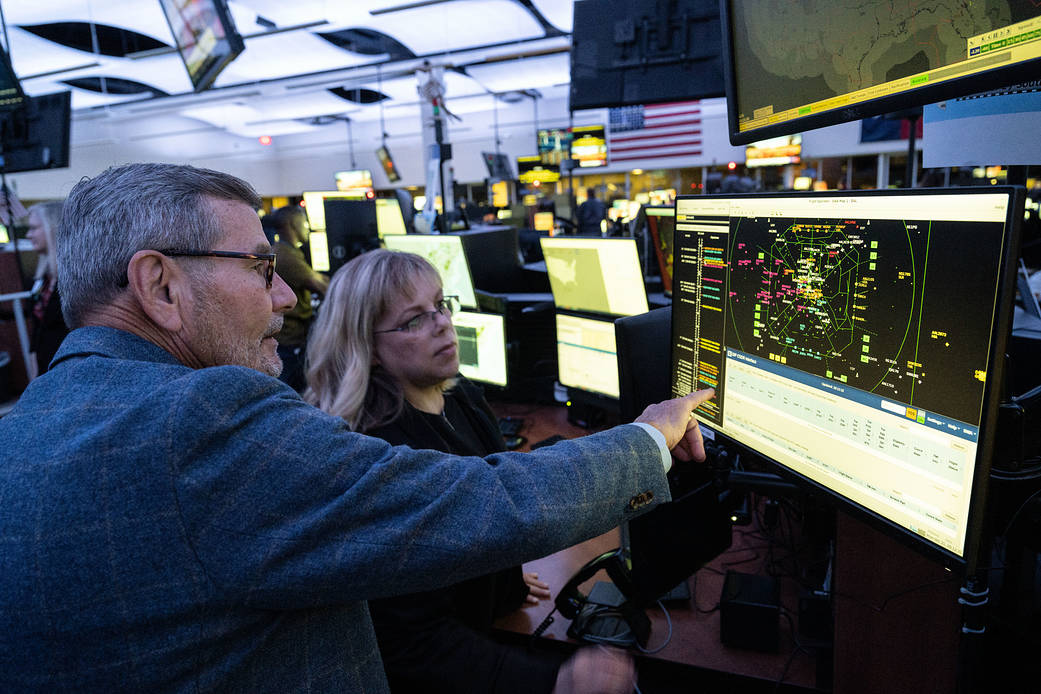
This year, NASA partnered with five major U.S. airlines on an air traffic decision-making tool that saved more than 24,000 pounds of jet fuel in 2022 for flights departing from Dallas-Fort Worth International Airport and Dallas Love Field Airport. Partners include American Airlines, Delta Air Lines, JetBlue Airways, Southwest Airlines and United Airlines.
NASA Leaders View Climate Science, Wildfire Innovations at Ames
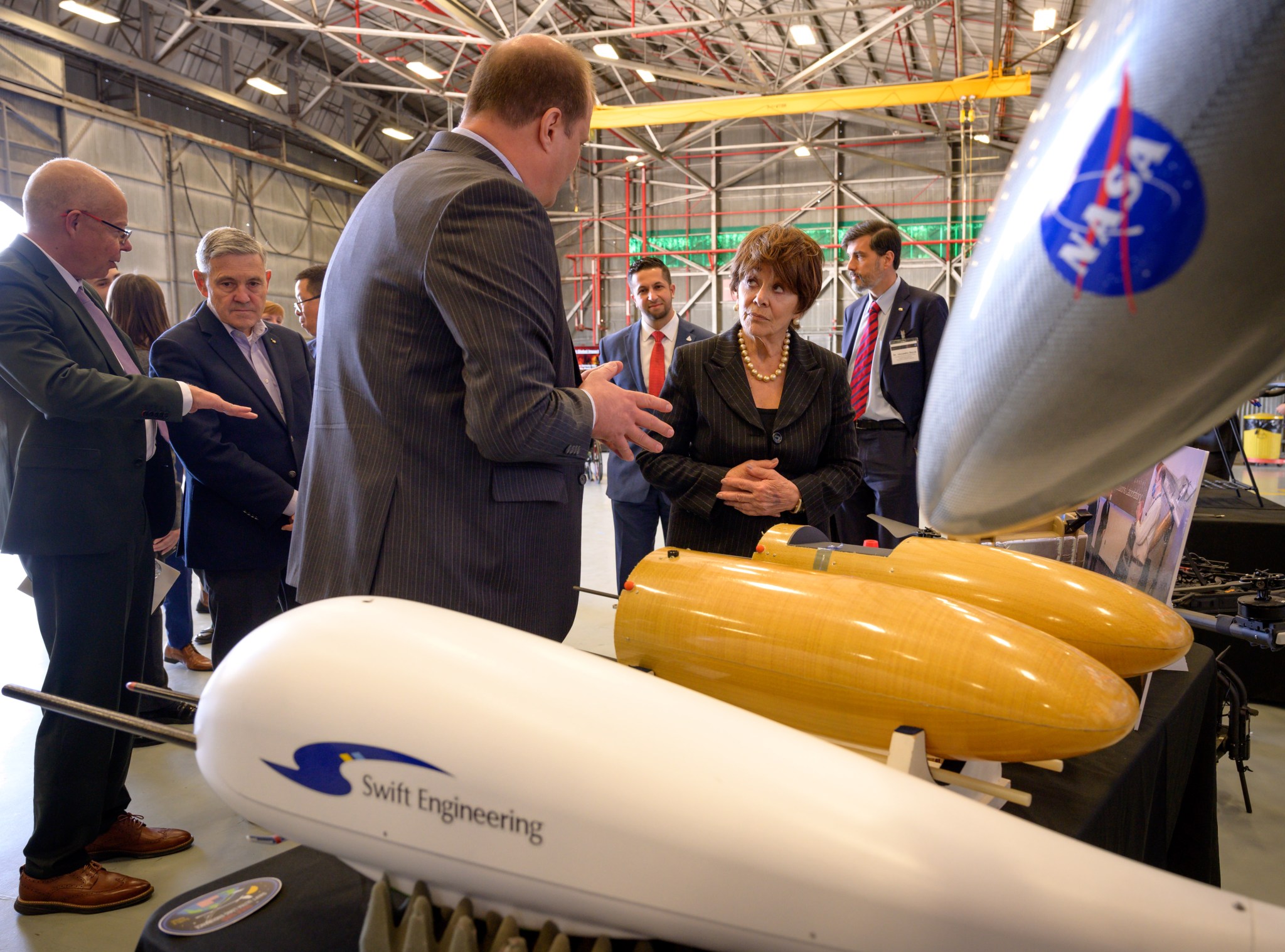
NASA’s top leadership, industry experts, and legislative officials visited Ames in April to learn about about the center’s climate science efforts and innovations in aeronautics that will help scientists and engineers better understand climate change and mitigate natural disasters like wildland fires.
Starling Takes Flight
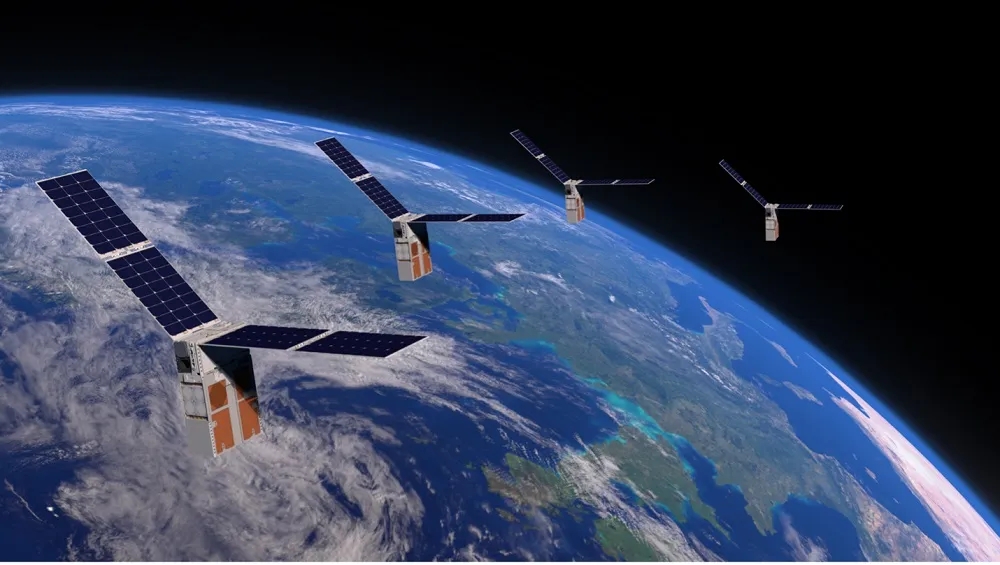
In July NASA’s Starling mission, managed at Ames, launched four CubeSats into low-Earth orbit to test robotic swarm technologies for space. You can track mission milestones via the Small Satellite Missions blog, and follow the mission live in NASA’s Eyes on the Solar System 3D visualization.
NASA’s First Robotic Moon Rover
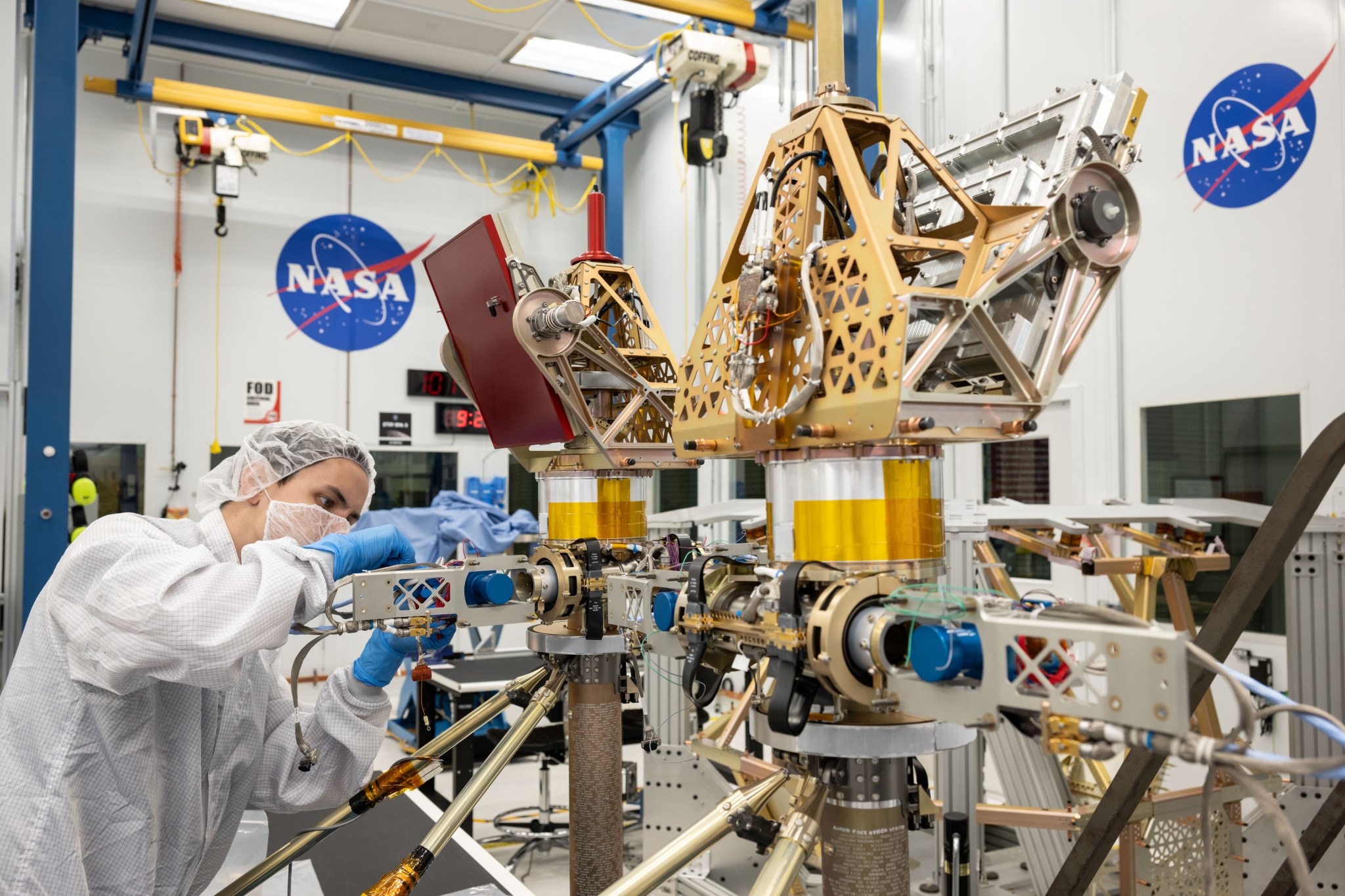
This year engineers began assembling NASA’s first robotic Moon rover, VIPER — short for the Volatiles Investigating Polar Exploration Rover — and the agency is giving the public a front row seat to watch along as the rover takes shape. While individual components, such as the rover’s science instruments, lights, and wheels, were assembled and tested, the VIPER team also completed software development, mission planning, and tricky tests of the rover’s ability to drive off the Astrobotic Griffin lunar lander and onto the lunar surface.
Bringing Home Ancient Space Rocks
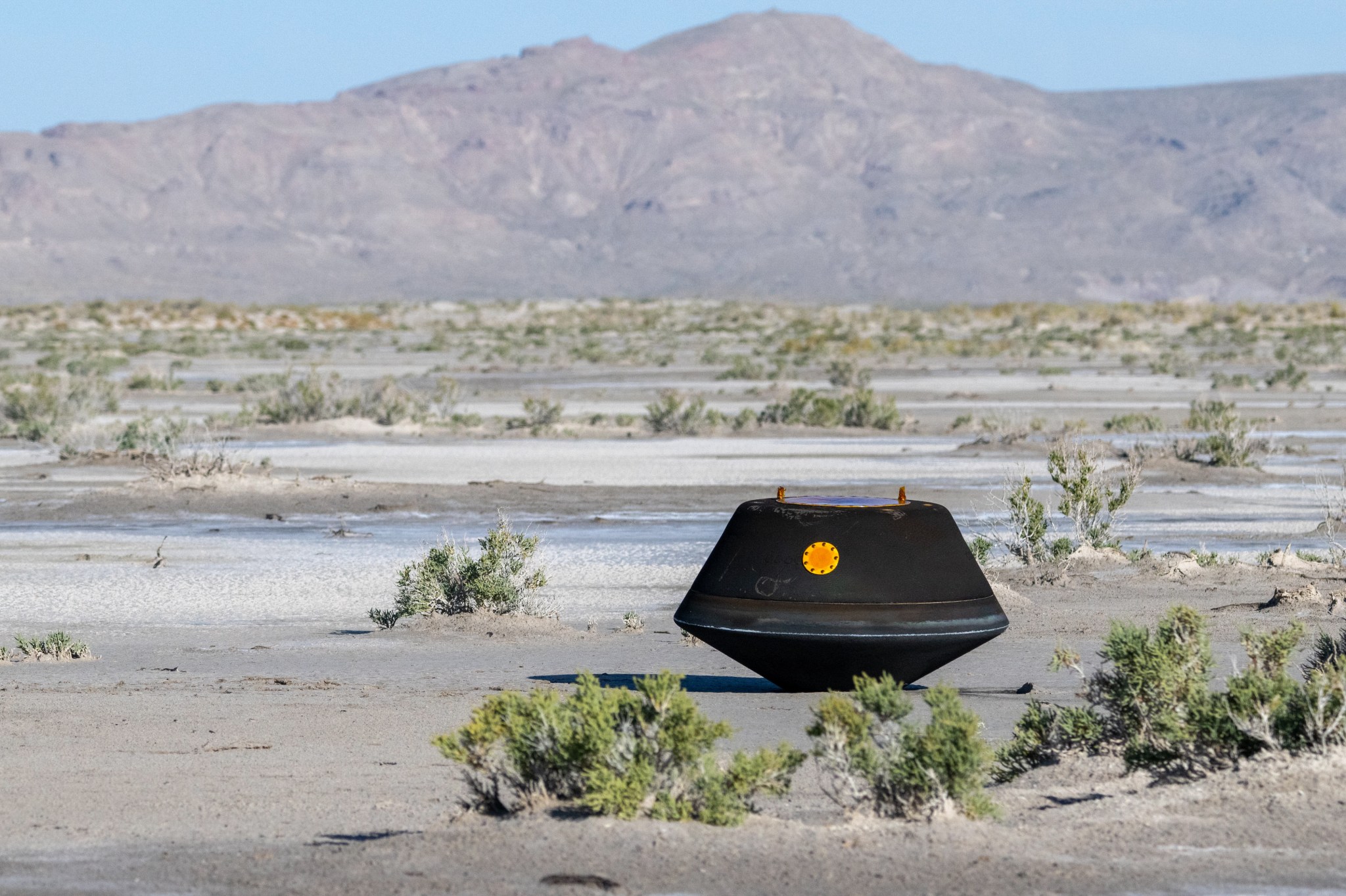
NASA’s OSIRIS-REx mission – short for the Origins, Spectral Interpretation, Resource Identification, and Security-Regolith Explorer – returned to Earth in Sept. 2023, bringing with it extraterrestrial rocks and dust that it scooped up from an asteroid estimated to be 4.5 billion years old. Ames contributed to the spacecraft’s heat shield, anti-contamination systems, post-landing sample curation, and more.
Preparing to Send Yeast to the Moon’s Surface for Astronaut Health
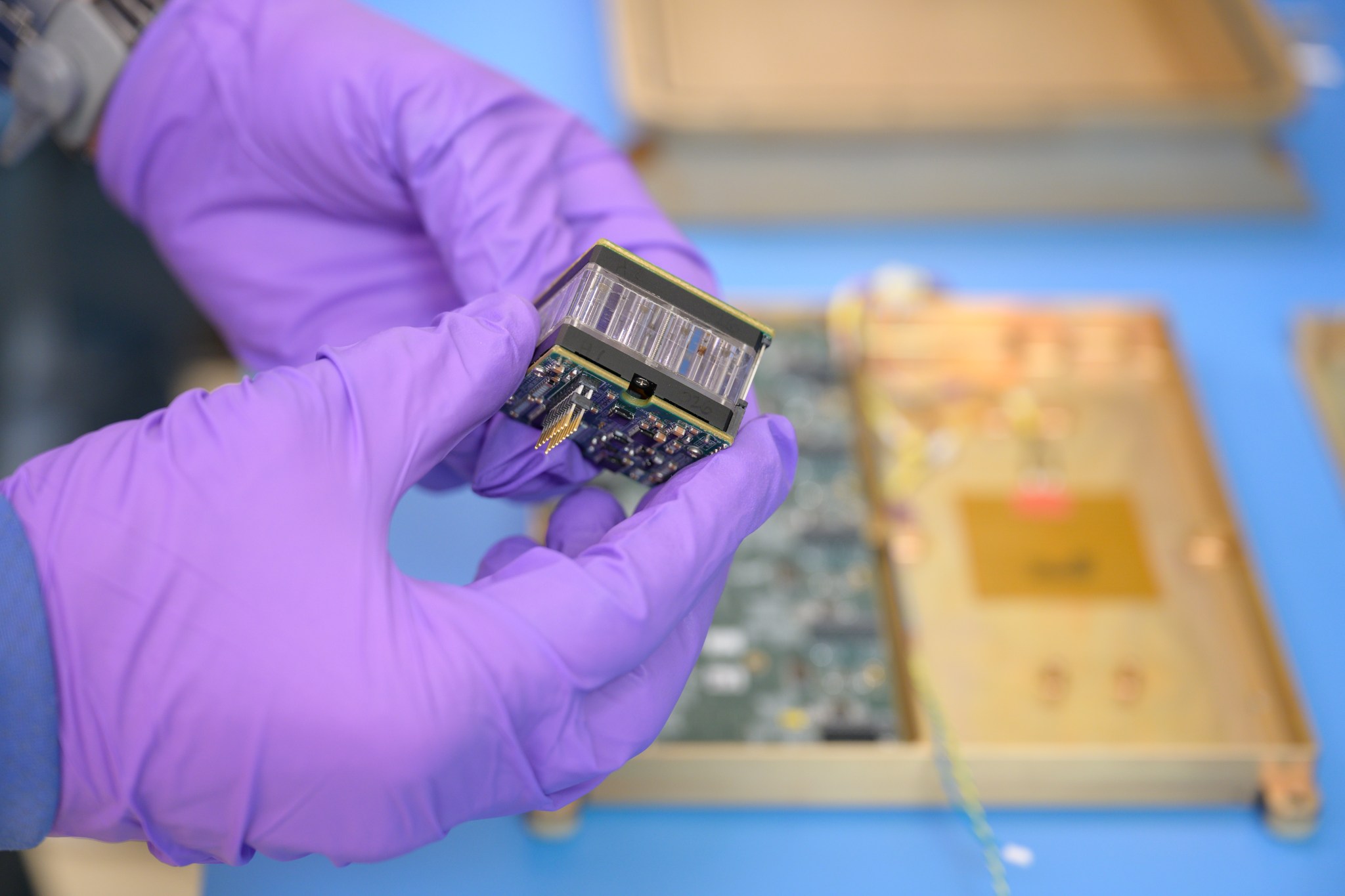
NASA’s plans to explore the Moon and eventually go to Mars will bring humans deeper into space for longer duration missions than ever before. These extended missions beyond low Earth orbit pose certain health risks to astronauts. The Lunar Explorer Instrument for Space Biology Applications team is preparing an experiment to study yeast’s biological response to the lunar environment to help understand and mitigate health risks for astronauts.
X-59 Team Moves Toward First Flight in 2024
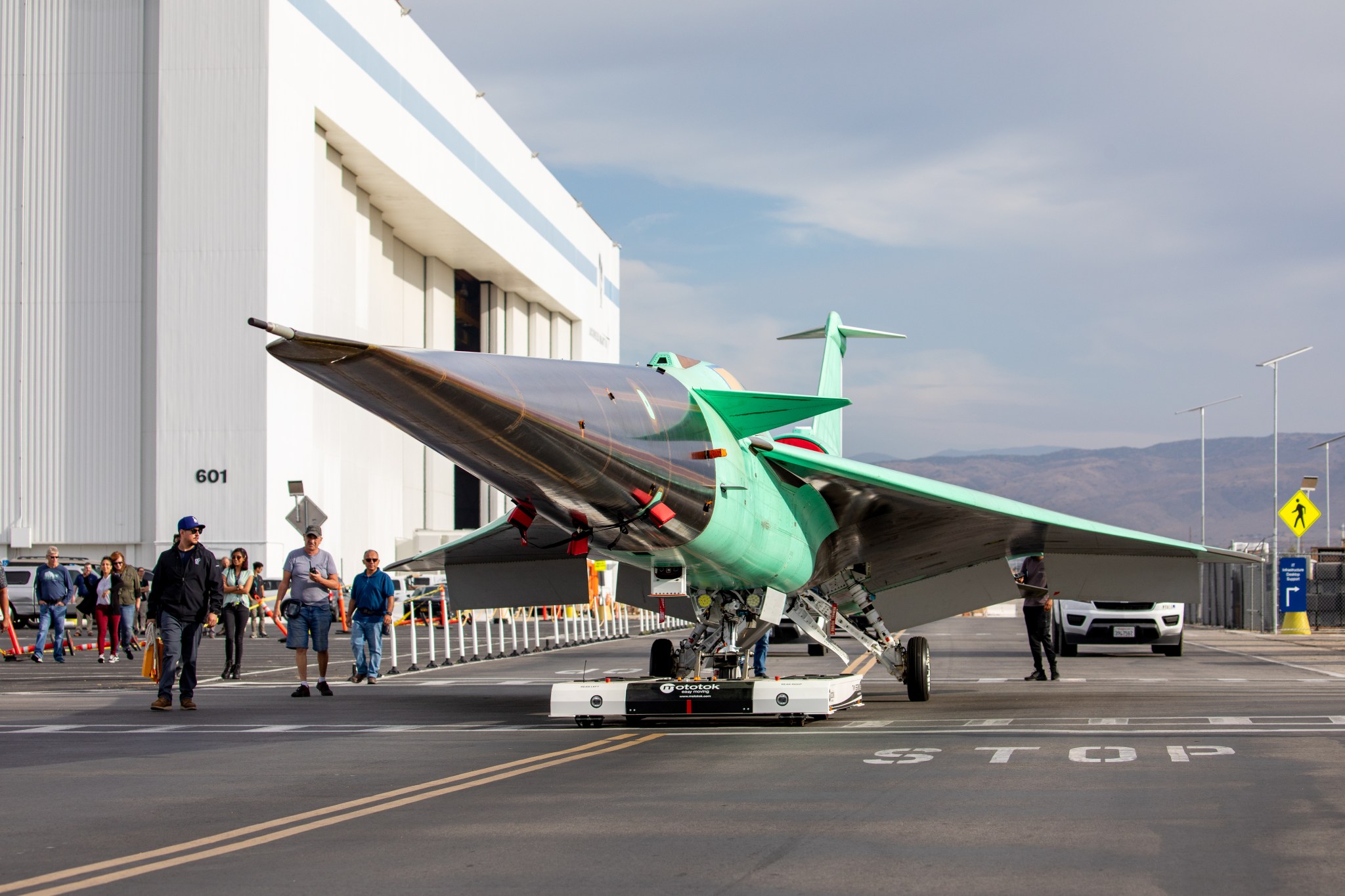
This year, NASA’s X-59 team installed the finishing touches to the aircraft’s tail structure and moved it from its assembly facility to the flight line to perform structural testing. The X-59 quiet supersonic aircraft will take its first flight in 2024.
Celebrating a Stellar Year for Webb Telescope Science
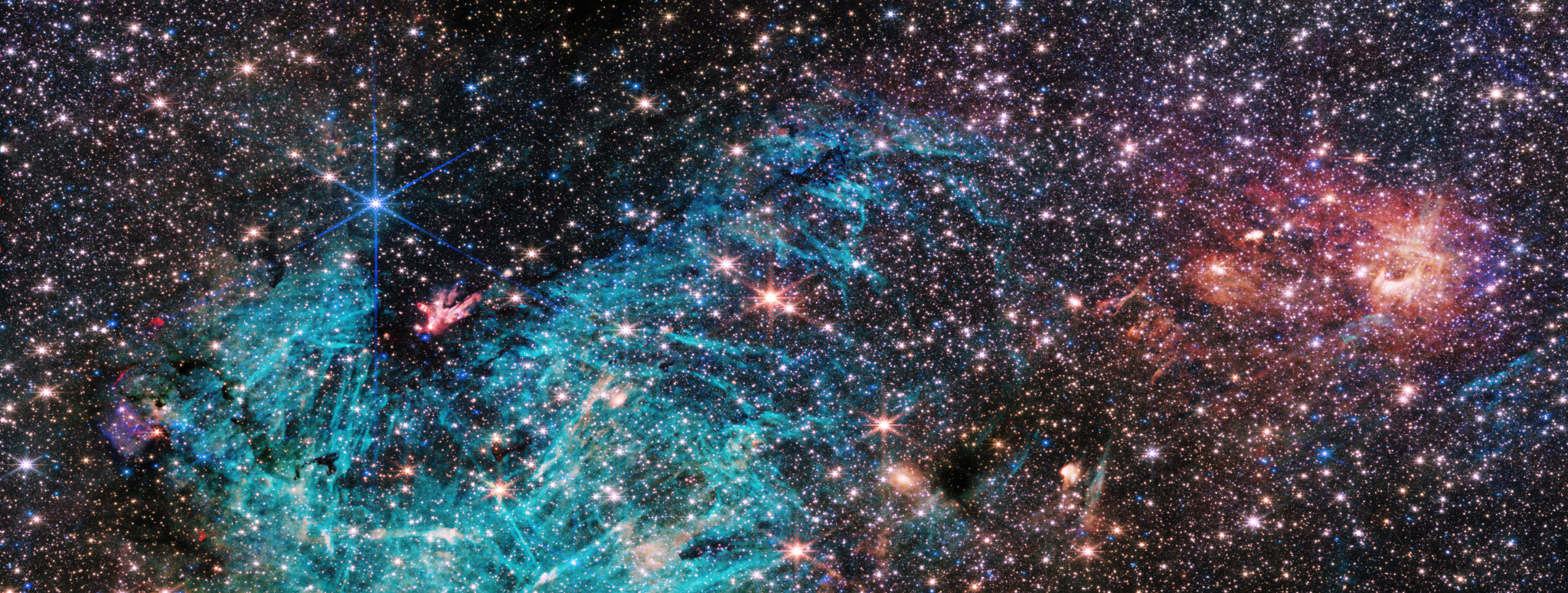
The James Webb Space Telescope’s Near-Infrared Camera instrument produced a feast for the eyes with a view into a star-forming region, named Sagittarius C, in the heart of the Milky Way. The image reveals a portion of the dense center of our galaxy in unprecedented detail, including never-before-seen features astronomers have yet to explain.
Supercomputer Simulations Lead to Air and Space Innovations
Simulations and models developed using technology at the NASA Advanced Supercomputing Facility (NAS) help researchers and engineers develop innovations in air and space. Modeling turbofan engines could lead to designs that reduce engine noise and improve efficiency by understanding where noise is generated inside the machine.
S-MODE Sails the Seas and Soars through the Sky
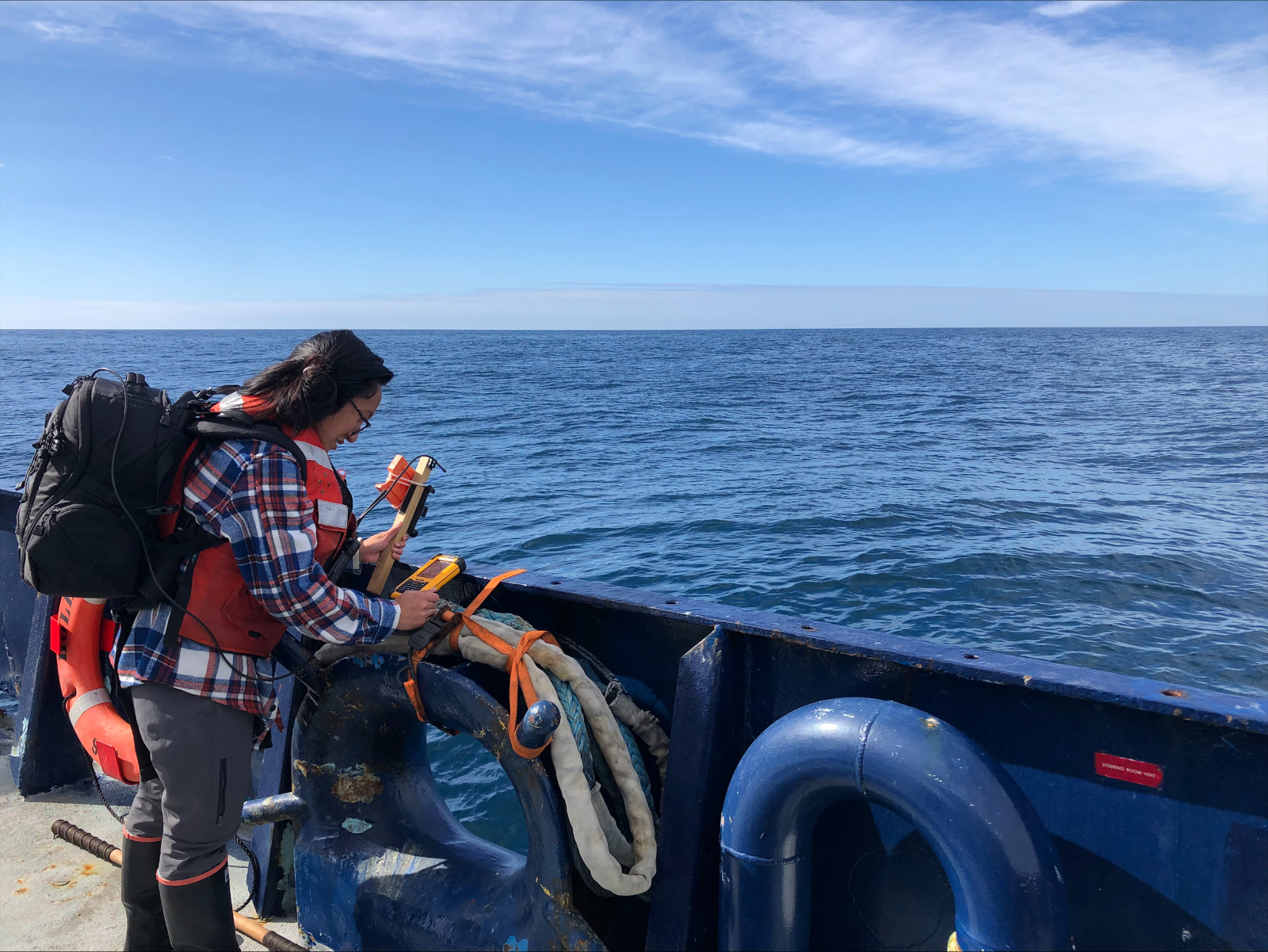
The Sub-Mesoscale Ocean Dynamics Experiment (S-MODE) logged its final field expedition, and they took a team from the TODAY Show along for the ride. S-MODE combined airborne instruments, research ships, and autonomous ocean gliders to get an unprecedented look at how gas and heat exchange at the ocean’s surface impacts Earth’s climate.
From Intern to Astronaut, and Back to Ames
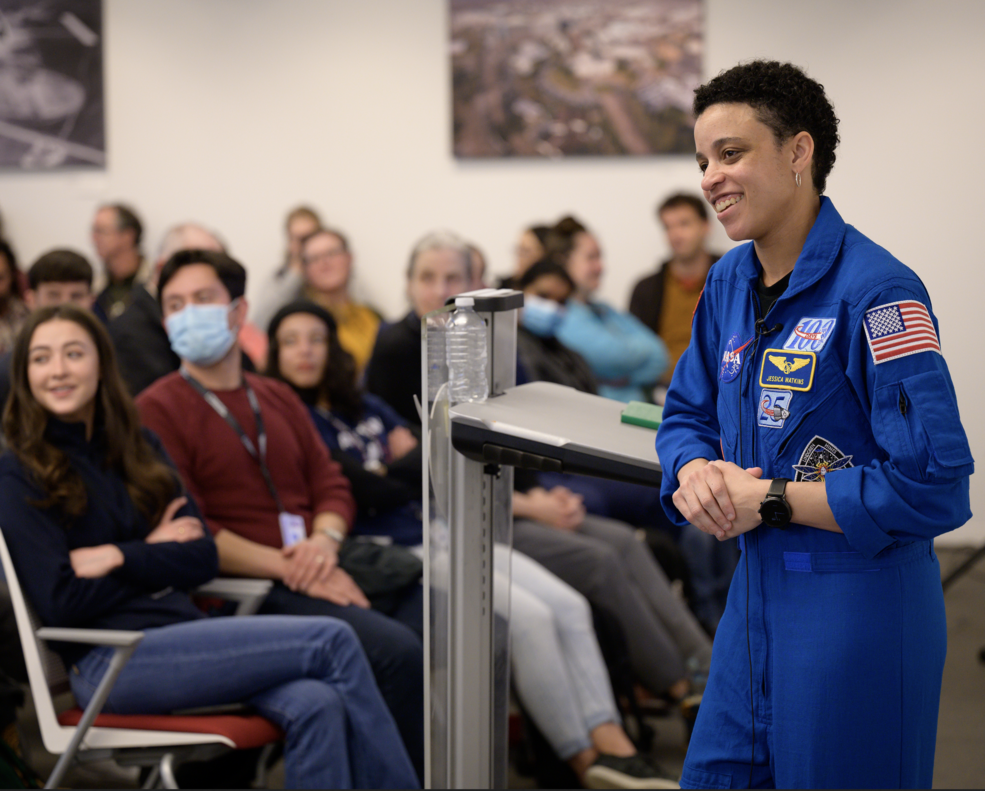
NASA astronaut Jessica Watkins, who was once an intern at Ames, returned to the Bay Area in Feb. 2023 to visit with local elementary schools and speak with Ames employees. Watkins started her career with NASA at Ames, where she conducted research on Mars soil simulant supporting the Phoenix Mars Lander mission.
Second Gentleman Joins East Bay Kids for STEM Activities
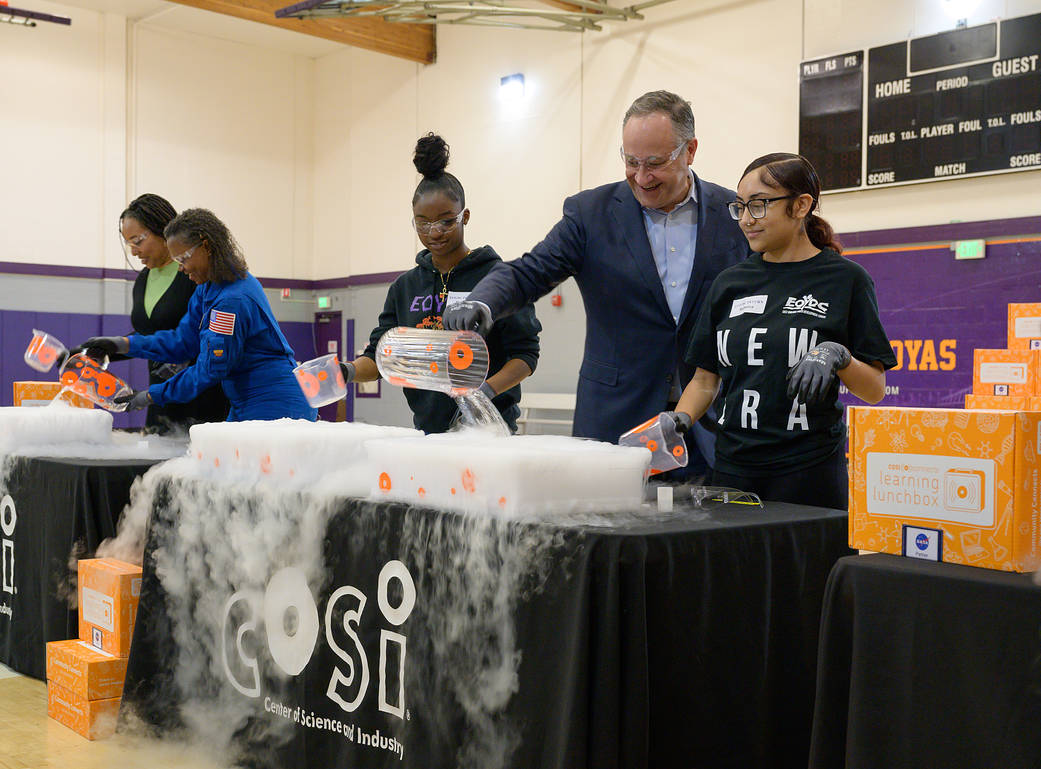
Nearly 100 East Bay kids and their families got to experience the thrill of “launching a rocket” and “making clouds” at a fun-filled STEM event hosted in honor of Women’s History Month at the East Oakland Youth Development Center in Oakland, California, in March 2023. Second Gentleman Douglas Emhoff, NASA Ames Research Center Director Dr. Eugene Tu, and NASA astronaut Dr. Yvonne Cagle joined kids at the Manzanita Community School for hands-on activities and to distribute approximately 500 STEM Artemis Learning Lunchboxes aimed to inspire the Artemis generation to learn about NASA’s Artemis Program.
Top Leaders in Our Midst Hailed from the White House and Australia
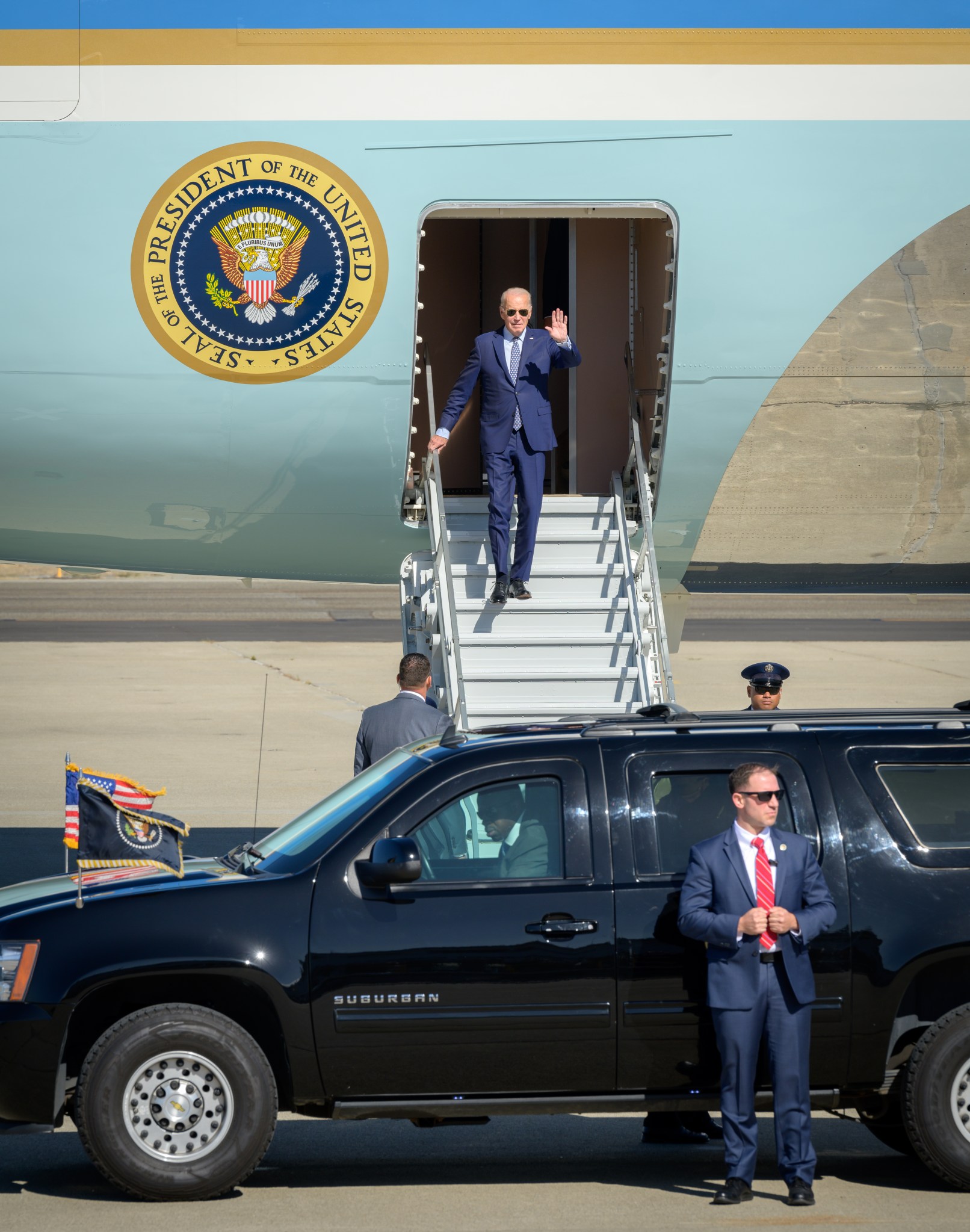
In January, U.S. President Joe Biden landed at Moffett Federal Airfield, at Ames, on his way to visit storm-damaged regions in the state. Research conducted at our Silicon Valley center could help predict extreme climate-related weather events. Later in the spring, Vice President Kamala Harris arrived at Moffett before delivering remarks at a local company, and leaders of the Australian Space Agency visited Ames to learn about the center’s missions supporting NASA’s Artemis program, including the VIPER Moon rover, which will launch to the lunar South Pole in late 2024.








